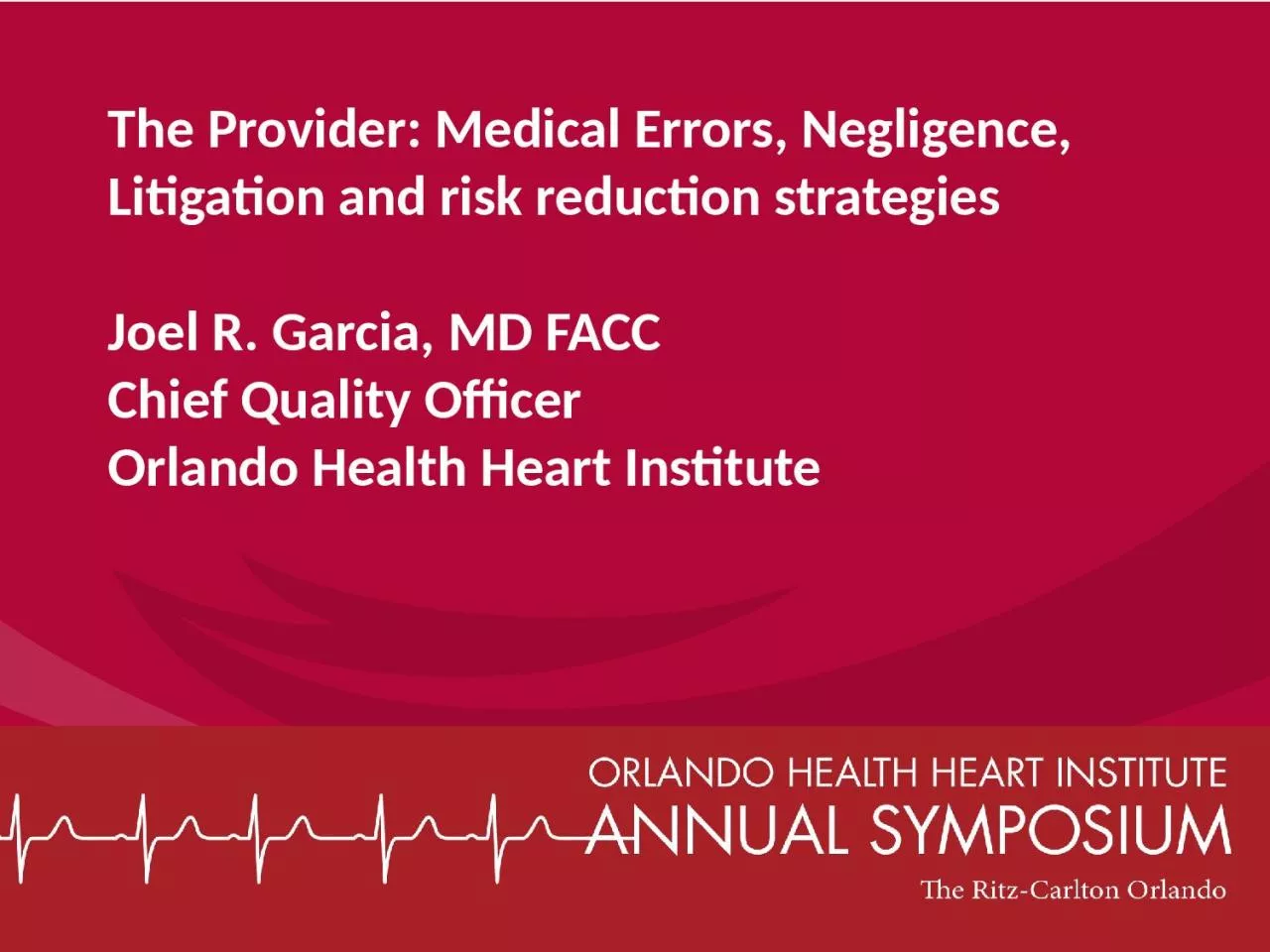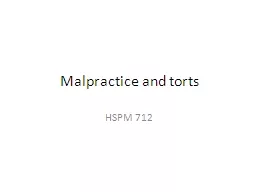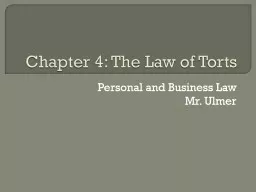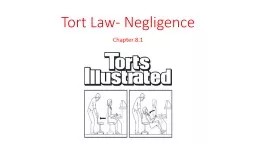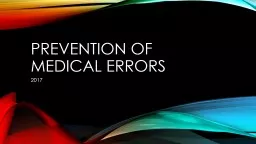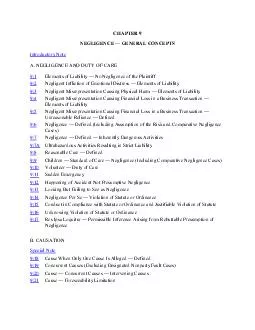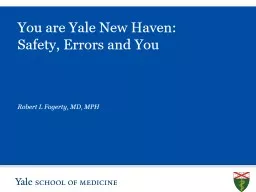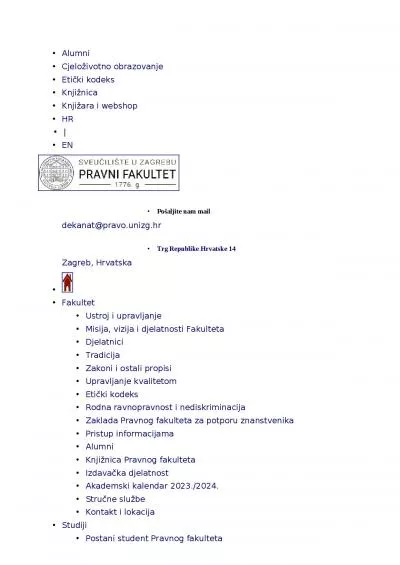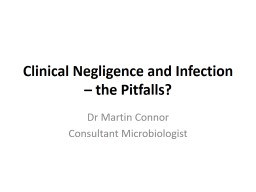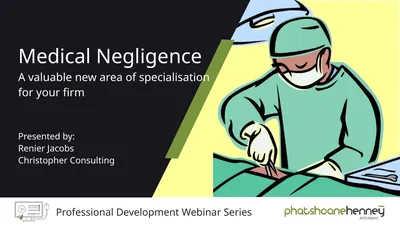PPT-The Provider: Medical Errors, Negligence,
Author : murphy | Published Date : 2023-09-01
Litigation and risk reduction strategies Joel R Garcia MD FACC Chief Quality Officer Orlando Health Heart Institute 2 Disclaimer This lecture does not in any way
Presentation Embed Code
Download Presentation
Download Presentation The PPT/PDF document "The Provider: Medical Errors, Negligenc..." is the property of its rightful owner. Permission is granted to download and print the materials on this website for personal, non-commercial use only, and to display it on your personal computer provided you do not modify the materials and that you retain all copyright notices contained in the materials. By downloading content from our website, you accept the terms of this agreement.
The Provider: Medical Errors, Negligence,: Transcript
Download Rules Of Document
"The Provider: Medical Errors, Negligence,"The content belongs to its owner. You may download and print it for personal use, without modification, and keep all copyright notices. By downloading, you agree to these terms.
Related Documents

